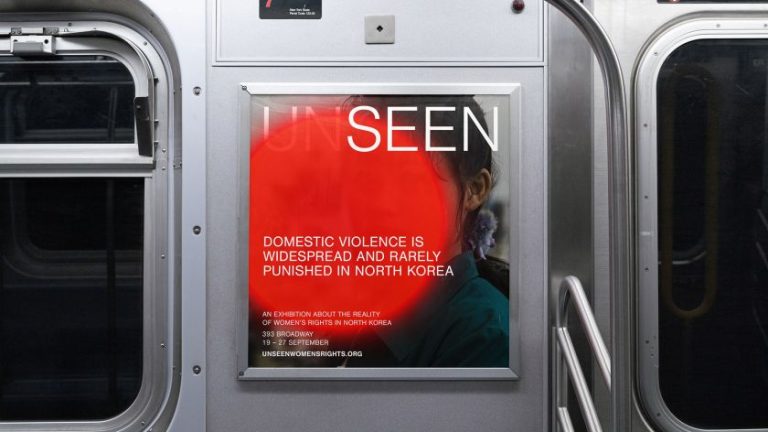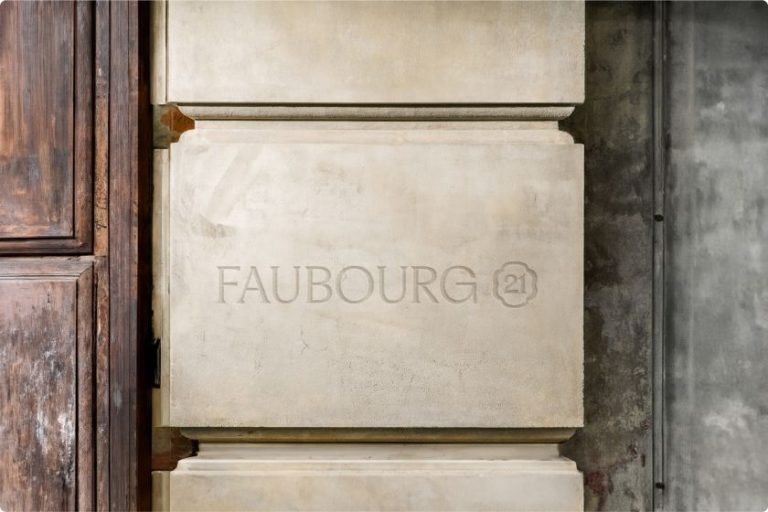The Royal Institute of British Architects has unveiled a new visual and verbal identity by Johnson Banks, marking the next chapter in its House of Architecture programme as it approaches its 200th anniversary.
For the first time in over 25 years, the Royal Institute of British Architects (RIBA) has unveiled a refreshed identity that reimagines how the organisation presents itself to the world, while staying true to its rich heritage.
The new brand, developed in collaboration with London-based studio Johnson Banks, aims to modernise RIBA’s image and sharpen its voice as it approaches its 200th birthday in 2034.
The rebrand forms part of RIBA’s House of Architecture initiative, a once-in-a-generation investment that includes upgrading its digital platforms, unlocking access to its world-class architectural collections, and restoring its historic headquarters on Portland Place. Alongside the forthcoming launch of a redesigned RIBA.org, the new brand aims to make the institute more accessible, outward-looking and relevant to the global architectural community.
RIBA president Chris Williamson described the move as a “powerful statement of intent”. He says: “The rebrand will be more than just a new look; it will be a powerful statement of our intent as an outward-looking, purposeful cultural institute.
“RIBA must remain relevant and essential to architects and practices across the globe, grow its membership among those early in their careers, and advocate on behalf of its members.”
Johnson Banks, known for revitalising institutions such as the Science Museum, Virgin Atlantic, and Teach First, led RIBA through months of consultation and debate with its members to define what the organisation stands for today. The resulting visual identity strikes a balance that is both respectful of RIBA’s legacy and unafraid to embrace the future.
At its heart sits a bold new typographic logo, inspired by the spatial play of architecture, which refers to the relationships between walls, rooms, and openings. The design reinstates RIBA’s historic red as a primary colour, while the familiar crest survives in a more refined, simplified form as a subtle sign-off rather than a dominating emblem. The approach balances modern clarity and a subtle nod to tradition.
For Michael Johnson, creative director and founder of Johnson Banks, it was a delicate act of evolution rather than revolution. He says: “Rebranding an esteemed organisation such as RIBA has to be done with great care, ensuring it remains relevant and resonant in a changing world, while also acknowledging and respecting its history.
“That’s why we’ve brought key assets – like its famous red – to the forefront and retained the historic crest. But it needed a more modern brand, and clearer voice – and that’s expressed in its new narrative and a bold new logotype that puts the RIBA name front and centre.”
It’s a brief many studios might approach with trepidation, but for Johnson Banks, the challenge was one of translation. You can’t underestimate the difficulty of taking an institution steeped in so much heritage and expressing its purpose in a digital age. Despite this, the resulting system promises to work seamlessly across web, print and environmental settings, with a confident tone of voice that speaks to both long-standing members and new generations of architects.
RIBA’s chair of the board, Jack Pringle, calls it “bold, creative and in-step with the digital world”. He adds: “It’s been over a quarter of a century since RIBA last considered its brand – with its 200th birthday approaching, it’s the perfect time to position our brand for the future.
“It’s vital that we modernise and adapt to the ever-evolving digital world and be fit for the 21st century.”
Beyond its aesthetic, the rebrand carries a deeper message about community and purpose. RIBA’s new mission statement – to advance architecture for all, by building the world’s greatest community of architects – signals an intent to widen participation and make architecture more inclusive. It reframes the institute not simply as a governing body, but as a cultural home for anyone shaping the built environment.
As the new identity rolls out across the coming months, its success will hinge on how well it helps RIBA connect beyond its membership to students, practitioners, and the public. The clean lines, familiar red, and reinvigorated voice are a confident sign that RIBA is ready to move from legacy to longevity.
After all, few institutions reach two centuries without learning how to balance past and future. RIBA’s new look proves it’s still very much designing for the next hundred years.










